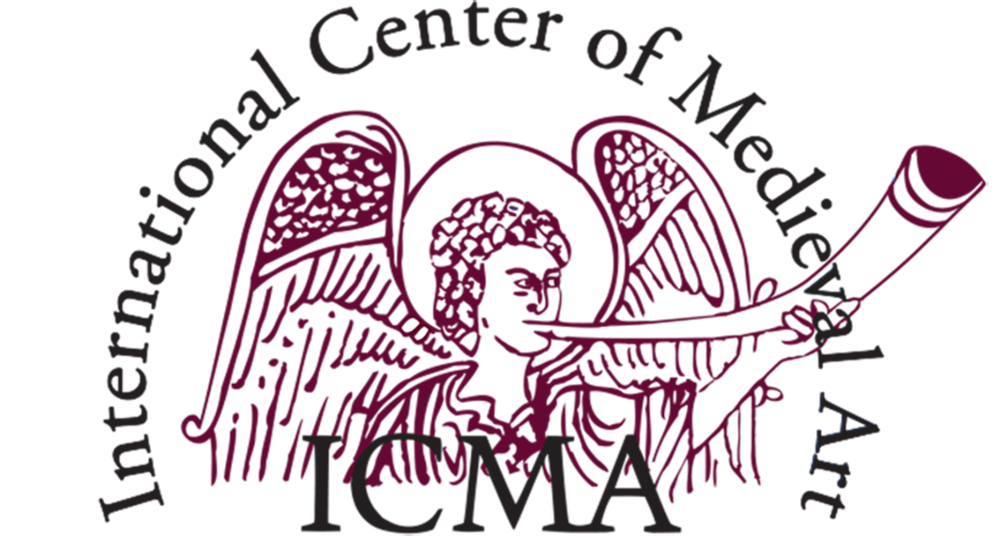Boston University HAA Guest Lecture featuring ICMA Member
Higher Ground: Medieval Foundations and the Formation of Heathen Prehistory
Gregory Bryda, Assistant Professor of Art History, Barnard College.
History of Art & Architecture Fall 2025 Guest Lecture Series
CAS 132, Boston University
Thursday, October 23, 2025, 6:00PM
The Guest Lecture Series in the History of Art & Architecture at Boston University cordially invites you to the first installment of our 2025-26 lecture series. This event is generously sponsored by the Boston University Center for the Humanities.
On Thursday, October 23rd, we will welcome Gregory Bryda, Assistant Professor of Art History at Barnard College. He will present a lecture entitled “Higher Ground: Medieval Foundations and the Formation of Heathen Prehistory.”
Abstract: This talk argues that in the Middle Ages, Christians used art to exaggerate a pagan affinity with the land to invent a false contrast, which enabled a redefinition of the landscape through a Christian lens. From the eleventh to the fifteenth centuries, as Christianity spread eastward across northern Europe in successive waves, artworks in wood sculpture, monumental stone carving, manuscript illumination, panel painting, and woodcut consistently portrayed non-Christian peoples as nature-bound idolaters—tree-worshippers, grove-dwellers, keepers of wells and stones. Scholars have long mined these representations for traces of authentic pagan ritual, frequently construing them as proof of syncretism in the process of conversion. I contend that the artworks portray retrospective fictions. Produced after Christianity had taken root, these works were directed less at pagans than at other Christians. By portraying a primitive “other” bound to earth and nature, ecclesiastical communities of various stripes—parish churches, cathedral chapters, Cistercian monks, Teutonic Order knights—cast themselves as its opposite: orthodox, rational, divinely sanctioned. In doing so, they justified their authority, sharpened rivalries, and claimed stewardship over the land as a sacred trust. What has been read as proof of confrontation thus emerges instead as self-reflective, with patrons deploying the arts to reshape both the perception and the use of land to align with their own specific needs.
For more information, visit https://www.bu.edu/haa/2025/09/23/haa-fall-2025-guest-lecture-series/

